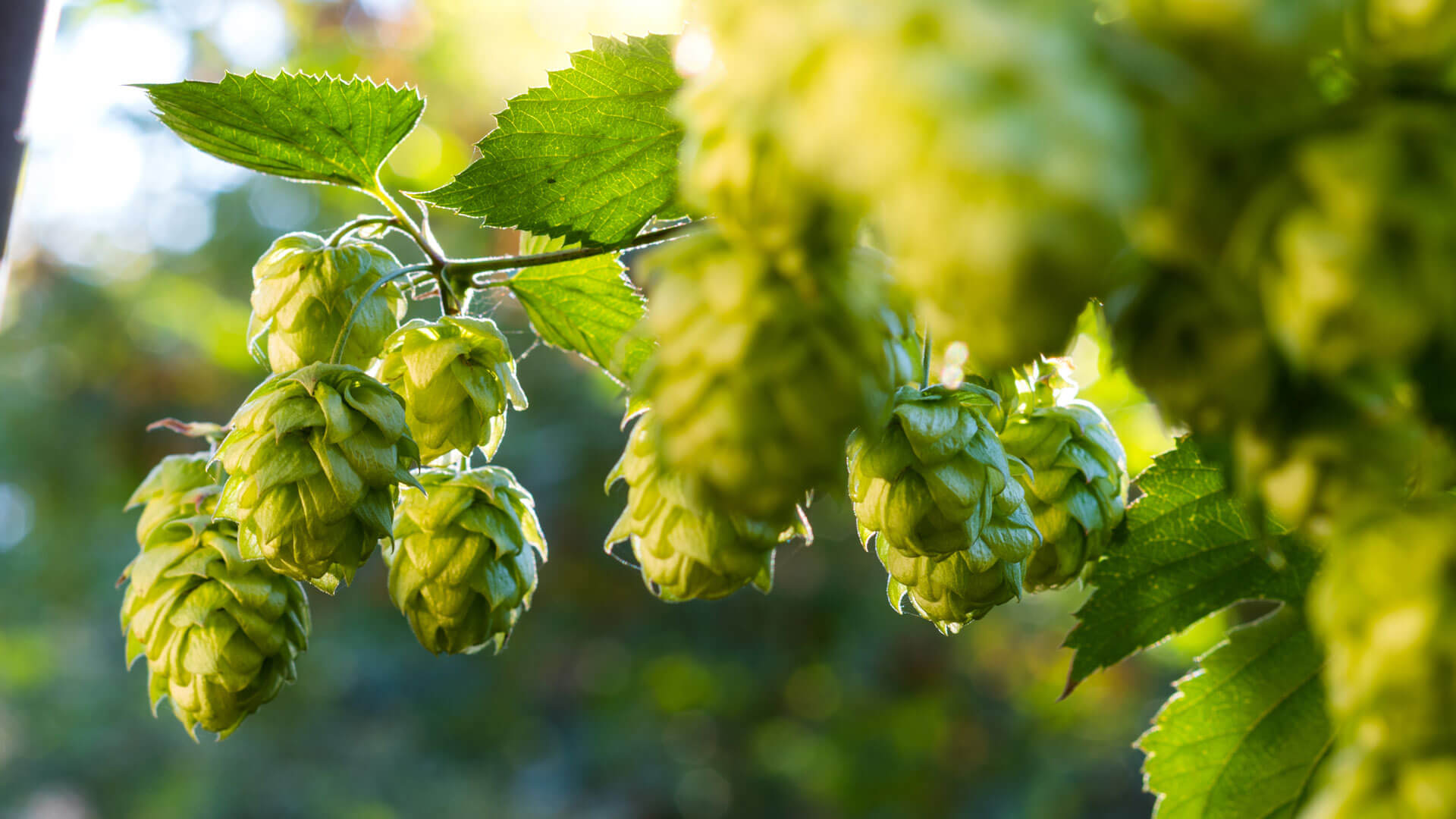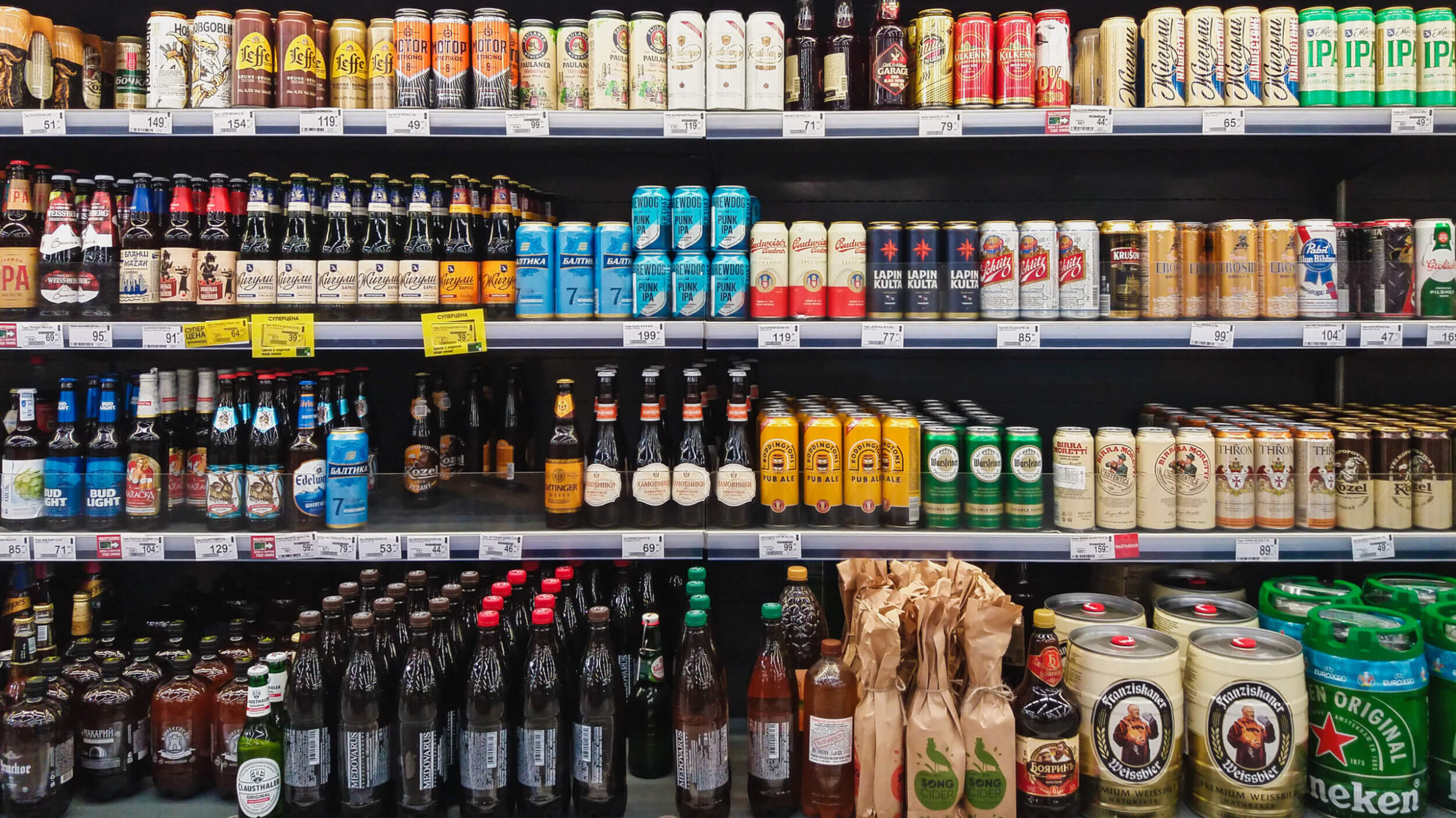Athabasca University chemistry professor unpacks the science of beer. Cheers!
Enjoying a glass of beer with family and friends is a custom that is probably as old as beer itself, and it has become a staple at many social gatherings and celebrations over the years.
This includes, perhaps most famously, the harvest festival Oktobertfest. It started in the early 1800s, giving people an opportunity to listen to music, dance, and revel with hundreds of their closest friends. It features plenty of pretzels, sausages, and of course lots of beer.
But while this recent past is the context in which many of us now view beer, it's important to remember that the history of humans and beer goes back much further.
Beer's ancient past
Archeologists have found chemical and artifact evidence of barley brew from ancient times in places such as Iran, Egypt, China, and Scotland dating back to before 3000 BCE. Written accounts of beer are a little more recent, including the epic of Gilgamesh (circa 1800 BCE), which noted that beer drinkers are warmer, happier, and more cheerful. The alcohol not only affected mood, it also kept the drink free of other dangerous microorganisms. In some places, it was often safer to drink beer than the local water.
The oldest surviving beer recipe can be found in a Sumerian poem (circa 1900 BCE) honouring Ninkasi, the Mesopotamian patron goddess of brewing. Not only was beer connected with religion, it was also particularly associated with women. Many brewers and barkeeps were women, and brewing equipment was often part of a bride's dowry.
Related: Understanding the passion and chemistry of chocolate
Brewing discovery and development
Despite these early historic highlights, the general historical consensus is that beer brewing developed in many places independently, and as a chemist, I can see how this would happen. Beer is less of an invention and more of an accidental discovery as part of gathering and storing cereal grains.
Under the right conditions, wild yeasts, which are commonly found everywhere in the air, feed on the sugars from germinating grains. This produces mostly carbon dioxide and ethanol, the type of alcohol found in beer, wine, and other spirits.
But ancient brews were a lot different than the commercial beer we drink today. The carbon dioxide bubbles usually escaped, so the beer would have been flat and more like a barley wine. Wild yeasts are also unpredictable and can generate unpleasant tastes, which is why most modern brewers avoid exposure to wild yeasts and add cultured yeasts to better control the process. They also carbonate their beer to give it some sparkle and zing.
The 1516 German Purity Law declared that beer can be made from only 3 ingredients: barley, hops, and water. Yeast was not included because at the time, brewers relied on wild yeast from the air. Today there are a large variety of commercially available cultured yeasts that can shape the character and taste of beer.
Turning barley into fuel for yeast
Barley grains in malted form are the source of sugar for the yeast to feed on.
The grain is a seed that contains mostly starches in the centre with enzymes on the shell that can break down starch. If buried in the ground and watered, the seed sprouts. This mechanism is exploited in the malting process, where grains are soaked and allowed to germinate. After a few days when the sugars have developed but before the plant grows, the process is stopped by putting the seeds in a hot and dry environment.
In malting, the long polymeric chains of starch effectively get cut into shorter sugars such as maltose and glucose with the help of enzymes available within the seed. Most of us do this process every day when we excrete enzymes in our mouths. So every time you eat a starch such as potato, pasta, or bread, you are already breaking the starch down into sugars as part of your natural digestion.
Water is foundational to a good pint
Water is water, right? To a chemist, a molecule of water is the same regardless of origin. Indeed, Village Brewing in Calgary successfully brewed an experimental batch of beer from treated wastewater to demonstrate water reuse is sustainable and safe.
It is the dissolved minerals and trace components in the water, rather than the water itself, that help to shape the taste of the final product . The acidity and mineral content of the water can modify the bitterness, body, sweetness, and affect the aftertaste. It can also influence the quality and stability of the beer, affecting haze formation from proteins and the stability of the foam or "head" on a glass of beer.
A water source with the right characteristics and mineral profile is foundational to a good pint.

Hop to it
During the brewing process, when the sugars from the malted barley are extracted into the water, hops is added for aroma and taste. The characteristic bitterness of beer is actually refreshing, especially on hot summer days. The acids in hops are responsible for about 90% of the bitterness and brewers sometimes report a measure of this in international bitterness units (IBUs).
A more practical reason hops was first used in brewing is for its antiseptic properties. It prevents the growth of unwanted bacteria while allowing yeast to thrive. The classic example is India pale ale (IPA), which was brewed in Britain from the early 1800s. It was well-hopped, allowing the beer to be preserved for long voyages to India and elsewhere.

Health and happiness
There is an increasing body of research on the health benefits of moderate beer consumption (fewer than two glasses per day), including increasing bone density while reducing the risk of coronary heart disease, cancer and Alzheimer's—although heavy consumption brings serious health risks.
As for happiness, although it has been assumed the ethanol is responsible for this, scientists have discovered another component in beer that activates a dopamine receptor, effectively stimulating the reward centre in your brain.
While there are scientifically determined mood elevators that can be found in your mug, I don't believe that is the sole source of happiness for most beer drinkers. Beer is a social drink; it is honest and unpretentious. Good food, good friends, and some beer seem naturally satisfying.
So even if you don't take part in the big beer-focused celebrations, you can always get together with a friend over a beer and some nibbles. And now, you can also discuss all that chemistry found in your tankard!